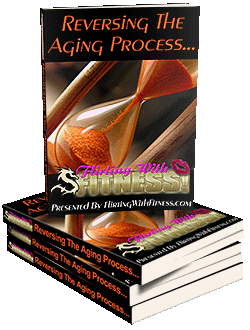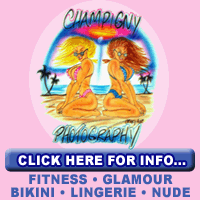Scalp acne, the mildest form of which is also known as scalp folliculitis, occurs more frequently than most people realize. Just about everyone knows what acne is and that it commonly breaks out on the face, chest, arms and on the back. But acne also appears on other parts of the body as well, and unless you're someone with acne in one of these 'other' areas, you may not have realized this.
Scalp acne and those similar to it, are often triggered during periods of great stress. This irritating scalp condition usually develops when the scalp becomes oilier than usual, for example when the hair isn't washed as frequently or when hair care products that contain a considerable amount of oil are used.
Scalp acne can be very itchy and therefore makes it very difficult for those who have it to leave it alone. In its mildest form, the pustules are small, crusty, and they're sore. They appear mainly on the upper forehead at the hairline. A person can have just a few pustules or there can be many.
A more severe form of scalp acne called acne necrotica miliaris is characterized by inflamed larger papules with black-colored crusts. This form of acne can leave behind scars that resemble those resulting from Chicken Pox.
There is an even more severe form of scalp acne that primarily affects adult African-American men, but can actually affect anybody, regardless of race or sex. This extremely rare condition is a combination of large cysts and smaller pustules and papules that grow to be very large.
Treatment for Scalp Acne
Mild forms of scalp acne can be treated the way most other acne is treated. Keep the affected area clean by using a product that contains salicylic acid. Remember though that these products can cause excessive dryness so use only on affected areas. For better control, apply using a cotton wool or ball.
Since oily hair is a contributing factor to scalp acne, it is imperative to use shampoo that's formulated for oily hair. Hair care products designed specially to treat seborrhea have also been used with reasonable success. And since many people use more than just shampoo on their hair, it's a good idea to check the labels on all hair care products and make changes as necessary.
Never attempt to treat severe forms of scalp acne without consulting a dermatologist or doctor first.
One thing that should not be used to treat scalp acne is any product that contains benzoyl peroxide. That's because when peroxide comes into contact with hair, it can change the color of the hair and result in a 'less-than-desirable' look! Those who have chemically-textured hair (for example those with perms) or color-treated hair are most prone to hair trouble when benzoyl peroxide comes into contact with hair.







Mistaken treatment will only happens if you will not try to consider consulting a doctor. I guess you ought to know what are the benefits that you may have when you try to visit an expert; it will primarily lessen the chance of misconception and wrong treatment that eventually leads to worsening your acne. And lastly it will give you a better idea how you will deal with it.
Allyn recently posted..Acne24 – papules